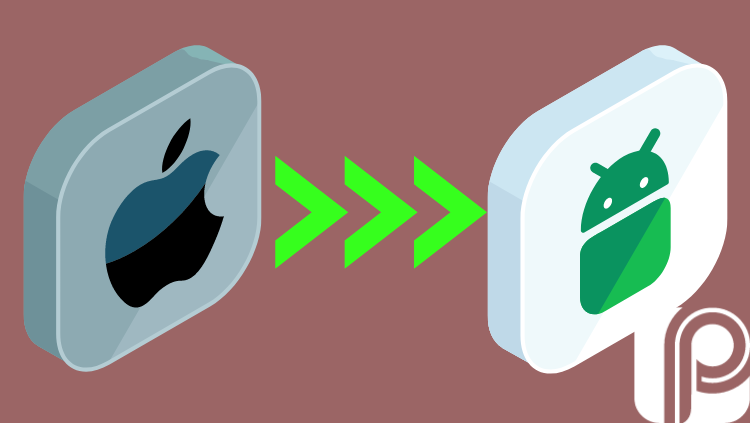There are many potential users searching for Linux definition or what Linux means. We’ve got you covered.
Contrary to what many people think, Linux is not just an operating system (like Windows or macOS), but a popular term for a whole family of operating systems based on the same code core. Learn more about what Linux is, how it was created and what its most famous distributions are.
Recommended Read:
What is Linux?
It is not completely wrong who considers Linux as an operating system, comparing it to Windows and macOS. However, for those who want to better understand what it means – especially if you are searching for “how to install Linux” – it is important to know that it is not just an operating system, but a popular name for a whole family of OSes.
What these operating systems have in common is their core: a base software called “Linux Kernel”, responsible for the main basic functions of the system. Because this kernel is free and open source software, Linux systems are usually free and often developed by the community itself.
When was it created?
Linux was created in 1991 by Finnish programmer Linus Torvalds, at the time a student of Computer Science. The project was born as a challenge to create a more complete operating system than Minix, another Unix-based OS (which, in turn, is also a popular open source operating system).
Read also>> How to do a security check on Android
By being included as the core of the GNU project, a collection of free software that can also be used as an operating system, the Linux kernel gained even more popularity, giving rise to the GNU/Linux operating system.
Also due to its versatility, the kernel started to be used in several applications besides personal computers, such as servers, smartphones, embedded systems (routers, televisions, industrial machines), etc.
As it is open source software , anyone can use the Linux kernel in their projects, as long as they respect the guidelines of the GPLv2 license. Therefore, there are also commercial systems and distributions supported by large companies such as Red Hat.
And a curiosity: the official mascot of Linux, a friendly smiling penguin, was born from an idea of Linus Torvalds himself. Created in 1996 by programmer Larry Ewing, it is called “Tux”, referring to “(T)orvalds (U)ni(X)”.
Main distributions
The Linux kernel is typically found on Linux distributions. They became popular for facilitating the adoption of the system by home users, adding features such as a graphical interface, software packages for playing multimedia content, web browsing, among others.
Most “distros” are also free and choose to use free software, but they can also include programs and other proprietary resources, that is, they do not make their source code available .
Among the most popular Linux distributions are Debian , Ubuntu , Manjaro , Fedora and openSUSE . There are also distributions aimed at enterprise users and servers, such as Red Hat Enterprise Linux and SUSE Linux Enterprise Server.
A Linux distribution must contain the kernel and a package manager. Other features such as a graphical interface, window manager, add-on software, drivers and GNU tools vary depending on the distribution’s purpose.








